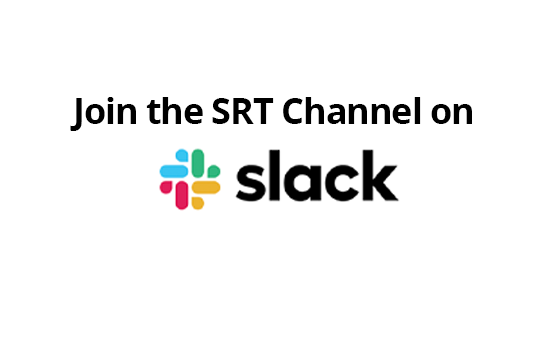LTN Keeps the Hits Coming and Adds SRT to its Hitless Video Network
In music, hitless is bad. In live video transport, so-called “hitless protection” for live event contribution and primary distribution is mission-critical. And it requires a network to deliver video signals across multiple paths while guaranteeing perfect synchronization on the other end without packet loss or delay. Doing that over the public internet in less than 200 milliseconds globally? It’s multi-platinum, to finish the record business analogy. And it’s precisely what LTN’s global network does.
Why? How? And what’s next?
I had the distinct pleasure of getting answers by reconnecting with an old friend, Rick Young, who was recently elevated to SVP Global Products at LTN Global.
LTN’s founding story is as logical as its value proposition. Two of the three co-founders – Executive Chairman Malik Khan, and his long-time friend CEO Yousef Javadi – are accomplished veterans of the telecoms market. They saw the potential for disrupting video transport by using the public internet to replace satellite and fiber. And they knew they’d have to build an entirely different kind of network to do it. A “Live Time” network, as they called it.
Rick explained: “The public internet has bottlenecks, jitter, packets queue-up – TCP/IP was built to be reliable delivery-wise, but not timing-wise. Which doesn’t work for Live TV. So Malik and Yousef, they researched, they read papers from all over, and they came across research being done by the third co-founder, Yair Amir.”
Professor Amir is a highly accomplished Computer Science educator, and his work – as well as that of his students and colleagues – caught Khan and Javadi’s attention. And it is the foundation of LTN’s core technology today, twelve years later.
LTN has in fact implemented this technology across twelve data centers globally to form the heart of its network. Importantly, each data center is connected to at least two or more Tier 1 network operators. That is paired with the company’s LEAF appliance, which is deployed at all customer and network end-points with connectivity from both on-prem or cloud deployments.
“Unlike the public internet, our core multi-carrier network doesn’t route using a “shortest route between two points” equation. Instead, we have a stateful network. We know the policy and flow of every packet, everywhere on our network, at all times. We have complete visibility from continuously interrogating our network every 75 milliseconds. And so that’s why we can route around congestion in a seamless, hitless fashion against very high SLAs. That fully redundant and time-synchronized signal transmission through the middle of the internet – that’s where the LTN magic happens.”
With such a strong video transport network already in place, it’s understandable to ask why LTN embraced the open source SRT protocol at all.
“It’s a good question on the surface. But we’re very well-aligned with standards, we’re heavily involved with standards bodies like SMPTE. Technically, it’s a very good tool. We’ve used it in certain cases in public cloud environments where Forward Error Correction might have been the alternative, and to SRT’s credit, we found SRT was better.”
The two most basic SRT implementations Rick took me through were projects where LTN used SRT to either deliver a live feed into a cloud production or playout environment, or, from such an environment back out to, for example, hundreds of locations globally.
“So, in one instance working with a cloud playout provider, they are running on AWS for example, and even when we were picking up their feed from the same availability zone, packets were being lost. SRT was a perfect fix to help facilitate interoperability. So that’s one use case, basically using SRT to take a cloud originated feed and distribute that globally across the LTN Network with precise, synchronized latency of 200 milliseconds.”
What’s next for the company? Today they have thousands of events and 1,300 full-time linear channels traversing the network every month. The platform is battle-tested. So they have engaged in M&A in order to add more value on top. That includes live event production and creative services; technical services, like closed captioning, transcoding and standards conversion; and also monetization workflows related to ad insertion.
“We recently purchased Crystal Corporation, a company with core IP related to advanced, targeted advertising. They are doing something very interesting, whereby they pull out the metadata from automation, traffic and playout systems, and they can then decorate the linear feed in a frame-accurate fashion. So, what’s interesting here is the idea that not only can it be done in real-time and delivered either in-band or out of band, enabling downstream ad decisioning systems to anticipate such ad decisions ahead of time – making much better choices for advertisers and consumers.”
Reach out to Rick Young, SVP Global Product who will be attending the IBC Show with his LTN colleagues, available in IABM Meeting Room 13, on Level 2 of Hall 4.
If you want to learn more about SRT at IBC, register to attend this free event: SRT Open Source Technical panel on September 15th. Designed for current and future SRT developers, the panel will focus on the applications and workflows that SRT solves, the technical roadmap as well as real-world implementation stories.


